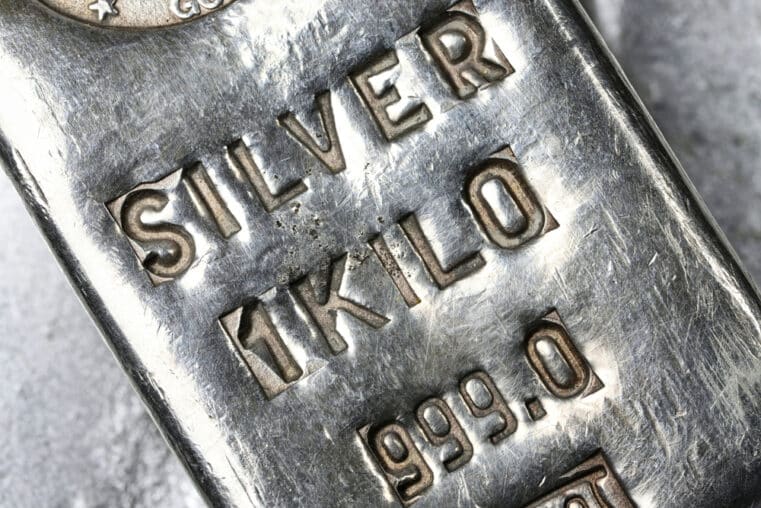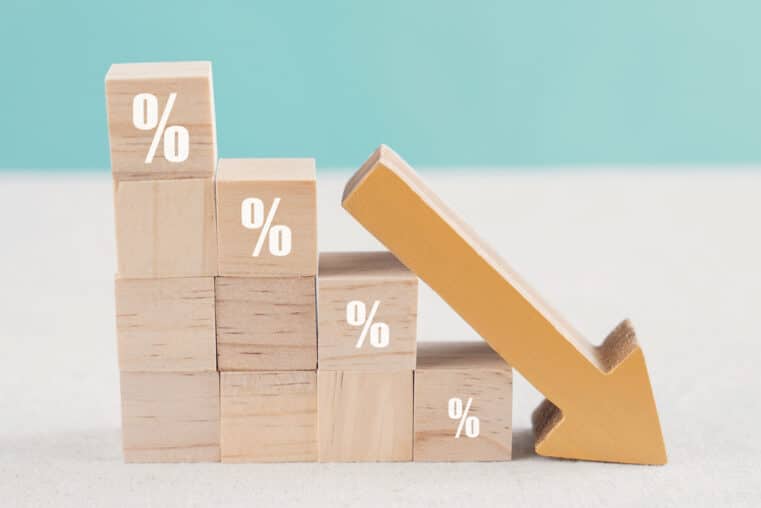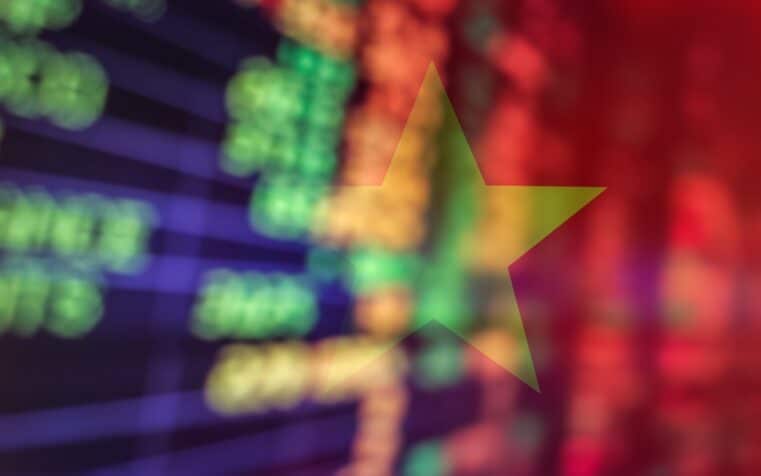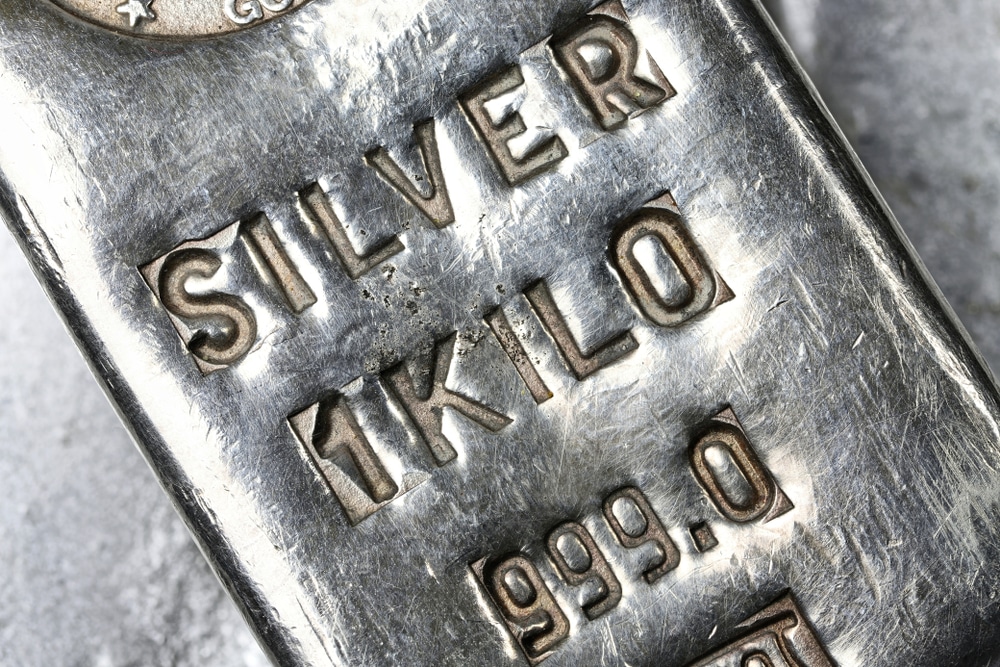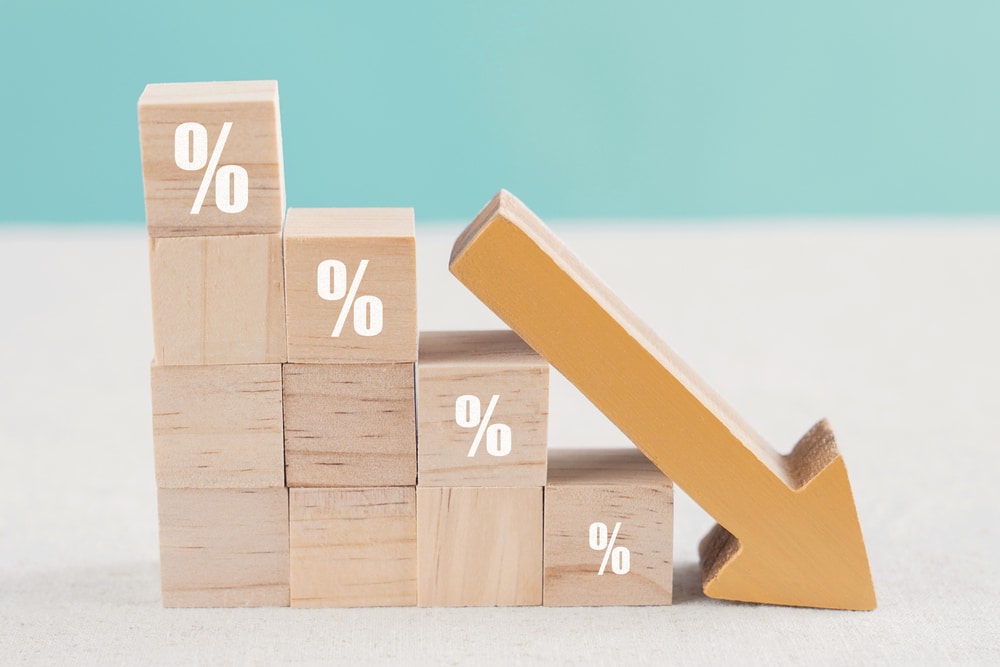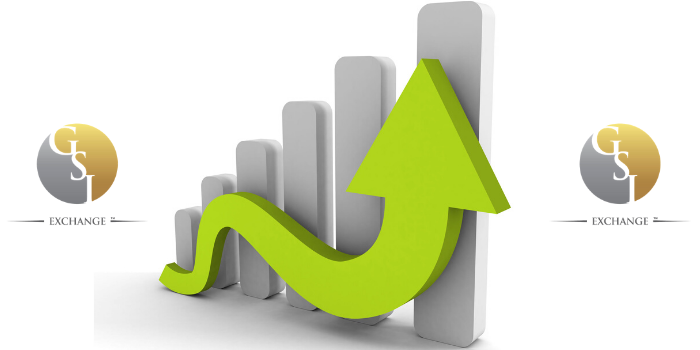
Palladium’s Explosive Surge Paves the Way for Silver and Gold
Take a look at the chart below and note the 414% surge in palladium prices.
So, what’s behind this massive move? It’s likely that you didn’t hear about it in the news. There was no headline risk or geopolitical event stirring market sentiment enough to cause such a buying spree.
No, this type of price explosion is a “classic” supply shortage.
To gain a better perspective, let’s take a look at how this price surge compares with the three major US indexes--the Dow Jones Industrial Average, S&P 500, and the Nasdaq Composite--during the same period.
Anyone following the economic conditions underlying the palladium market would have had a two-year window of opportunity to outperform the broader market by far.
From a price of $493 in mid-2016 to a high of around $2,543 last January, this surge reflects the fact that there wasn’t enough palladium to satisfy industrial demand, the largest of which came from automobile manufacturers.
As for this year, research firm Refinitiv identifies a massive undersupply--the palladium market is experiencing a severe deficit, short of approximately 883,000 ounces.
Naturally, and considering palladium’s near-parabolic price spike, many traders have begun selling to take profits or selling short to position themselves for a major price plunge.
But betting on the downside might not be the wisest thing to do if you look at the fundamentals--after all, palladium is still in short supply and high demand.
Bank of America analysts see price pushing up further, possibly to around $3,500 per ounce. It's at that price level where BofA see’s a possible end for palladium’s bull run (but again, it also depends on the supply/demand conditions).
What Palladium’s Run Tells Us About Silver and Gold
If you’re thinking of investing in palladium, chances are that you missed the boat by a wide margin, and that you’ll be entering the tail end of its price surge.
But our focus here lay elsewhere, toward other investment opportunities--namely, silver and gold--that palladium’s rise may inform.
Both gold and silver have risen in the recent months, mainly in response to the global low-to-negative rate environment, the ongoing “repo” market crisis in the US (involving a few international banks as well), and most recently, the coronavirus epidemic.
But despite the current run in gold and silver, how does it stand up to palladium’s parabolic move?
The silver and gold surge hasn’t even begun in comparison to a genuine precious metals “run on the bank.”
So you might ask yourself whether such a run would be possible for either metal. Well, considering the supply and demand conditions that sparked palladium’s upward move, similar conditions exist for silver (and to a lesser extent, gold), as silver is, after all, an industrial metal in addition to being a precious metal.
Silver’s Supply Shortage - Old News, But Nothing’s Changed
Everyone knows that the supply shortage in silver has been dwindling for years now. It also didn’t help that JPMorgan’s metals desk had been suppressing silver prices, obscuring the metal’s real market value, until it got busted by the US DOJ..
Silver is both an industrial and precious metal--”sound money” that happens to be a key commodity in the production of goods and services across multiple industries.
It’s old news. Yet, price response to fundamentals (such as the case with palladium) takes time. And that’s what we’re seeing now with silver.
Silver hit its bottom at around $14 an ounce--this happened almost four years ago. Since then, it has been steadily rising despite being range-bound for an extended period of time. But note: silver’s price never declined below its 2016 bottom.
Like palladium, silver, too, is in constant industrial demand. You need it for batteries, alloys, LED chips, nuclear reactors, photography, solar energy, chips to track global shipments (RFID chips), semiconductors, touch screen, water purifying technology, and more. It’s biggest industrial consumers are in the US, Canada, China, Japan, India, South Korea, Russia, and Germany.
As an industrial metal, silver is indispensable--the modern world can’t sustain itself without it. And for years, silver’s supply has been slowly depleting.
Following palladium’s path, a 400% move in silver would see it rise well above the $50 range. It would rise steadily, accelerating its ascent a year before it reaches record highs. What may accelerate silver’s last leg up are investors who, upon seeing silver’s rise, will likely jump in at the tail end of the rally. This is exactly what you want to avoid doing. You want to get in before everyone else, as with all investments.
Right now, that rise is slowly beginning to take place; it isn’t in full swing yet. And as we had mentioned in 2017, right as both silver and gold were reaching their respective “bottom floors,” now is a good time to take advantage of silver’s relative discount status.
The gold and silver markets aren’t quiet now--they’ve been moving. But compared with palladium’s rise--a rise that may prefigure what is about to happen to gold and silver--both markets are relatively quiet.
As precious metals expert and analyst Craig Hemke said, “Palladium, just like gold and silver, is overseen by the bullion banks, which are responsible for physical delivery in London… The Banks manage a fractional reserve system of just in time physical delivery. As gold and silver investors, we await the day when a ‘run’ on these bullion banks exposes the lack of physical metal behind this system. The current price action in palladium suggests the possibility that this ‘run’ may have already begun.”
Although gold may not have as dramatic a run as silver--since gold is less of an industrial metal--prospects for gold still remain high. After all, it is what the world’s central banks accumulate to hedge against global economic risk. And given today’s low-rate environment, repo market uncertainty, coronavirus fears, and slowing global growth, prices for the yellow metal are certainly not going to be static in the near future.
But let’s get back to silver. In the event of a “bank run,” premiums for various coins and bullion will begin to jump ahead of their spot prices. This is particularly true of pre-1965 silver coins.
Currently, many silver coins and bars hold low premiums. As we said a few years ago, we’re saying again: if you want to take advantage of this potential price surge, now is the time to load up on silver and gold.






